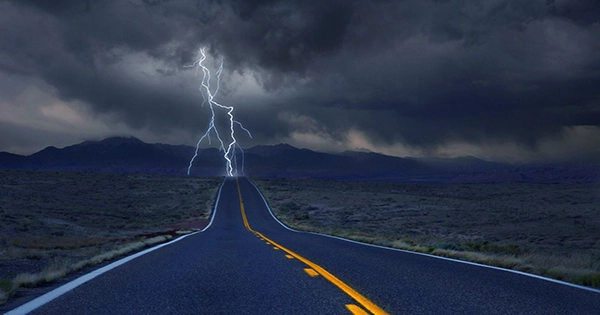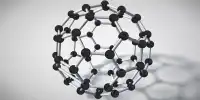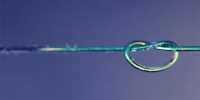A study of electrostatic interactions between water droplets may have paved the way for rain to fall where we want it, rather than where we don’t. As strong as this could be as a life-saving force, it raises the question of who gets to select what “we” desire. One of the oldest deceptions in human history is claiming the ability to control the weather, particularly drought-breaking rains.
In the 1950s, there was a lot of faith that science would triumph where magic had failed. Although rain-making attempts based on seeding clouds with silver iodide particles were not entirely unsuccessful, the success rate was low enough, and the expense was expensive enough, that their use has been limited.
Professor Maarten Ambaum of the University of Reading, on the other hand, believes that this is due to a lack of understanding of how water droplets interact in clouds. Ambaum and co-authors propose in Proceedings of the Royal Society A that an alternative model may be used to shock the sky into releasing the water it stores. Water vapor is abundant in clouds, but it only rains when it condenses into larger droplets. Aerosols can act as seeds for water to coalesce, but the authors of the study claim that the charge on droplets and aerosols is also crucial and often disregarded.
The paper shows that even droplets with the same polarity of charge (all positive or all negative) will be attracted to each other if the charge strength varies. “Charges can migrate,” according to the report, “and charges in one drop can induce image charges in the other.” Those produced image charges will induce more image charges in the first drop, then in the second drop, and so on forever, resulting in an attractive force that can prevail if the drops are near together.” As if all of this wasn’t complicated enough, the amount of charge on a drop can alter due to the acquisition of ions induced by adjacent electric fields.
Electrostatic effects add no more than 5% to the rate at which droplets collide and stick together, according to Ambaum and co-authors. This slight change, however, can be the difference between rain falling where it is required and water vapor not reaching a vital threshold until it has migrated elsewhere. The authors were paid by the United Arab Emirates, one of the world’s driest countries, to examine whether adding charge to the atmosphere might cause rain to fall. They’ve been experimenting with delivering the electric fields with drones.
“We recognized he was writing about an advertising that had been rejected when other solvers found the terms ‘advertisement,”refused,’ and’sent back.'” The terms ‘untrue and unfair’ and ‘in open court’ suggested he was expressing his dissatisfaction with the rejection’s legal foundation.” The letter appears to be in response to his attempt to advertise his new periodical All Year Round in The Times in May 1859. Dickens had a falling out with the editors of his previous publication, Household Words, after they refused to publish a statement from him refuting allegations of an affair with an actress.
However, in locations where fog is widespread, such as many deserts, the authors believe that 10-meter-high (33-foot-high) towers could suffice. The authors anticipate that their calculations will aid them in determining the optimal amount and time of charge required to make it rain. Being able to regulate the weather, even if only a little, might save millions of lives in a world where drought and floods are growing more prevalent and severe. When rain that would otherwise fall at sea is directed to where it is required, this may be safe. On the other hand, one country gathering rain that its neighbors claim as their own could lead to conflict, thus the globe must resolve such disagreements.















